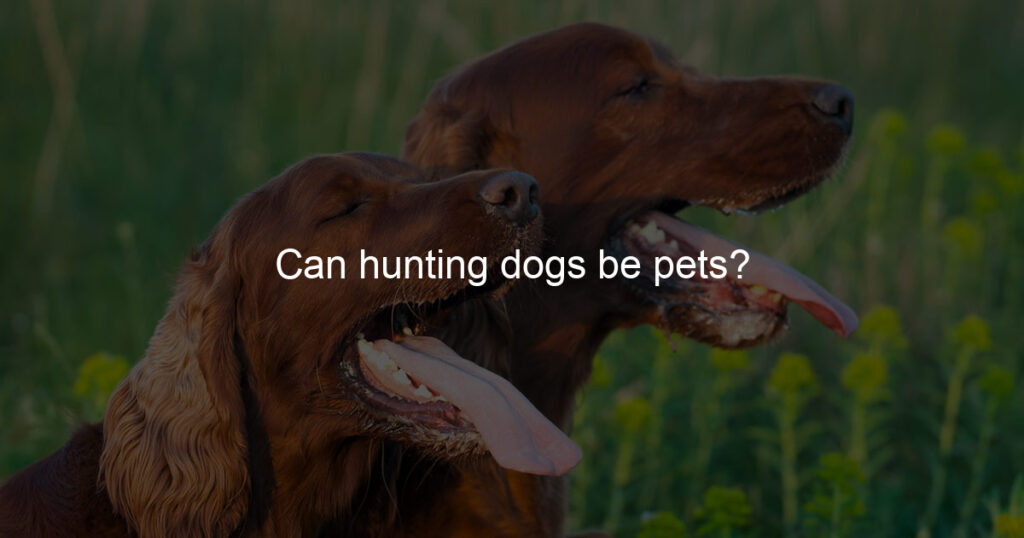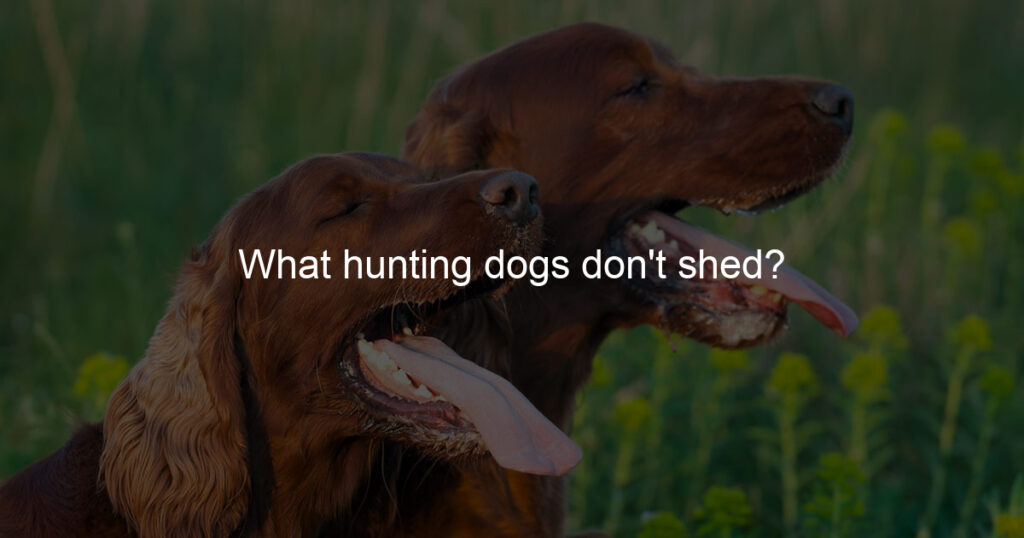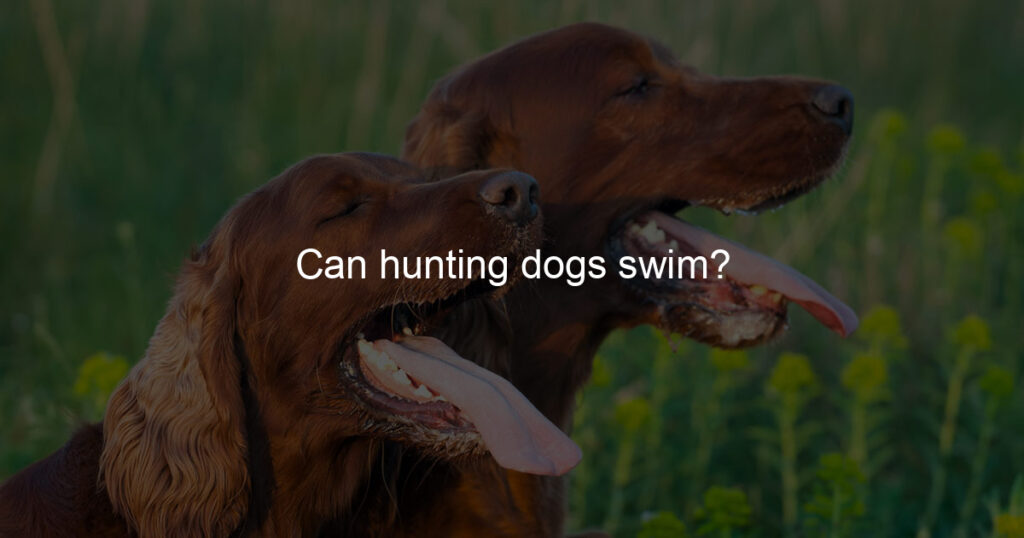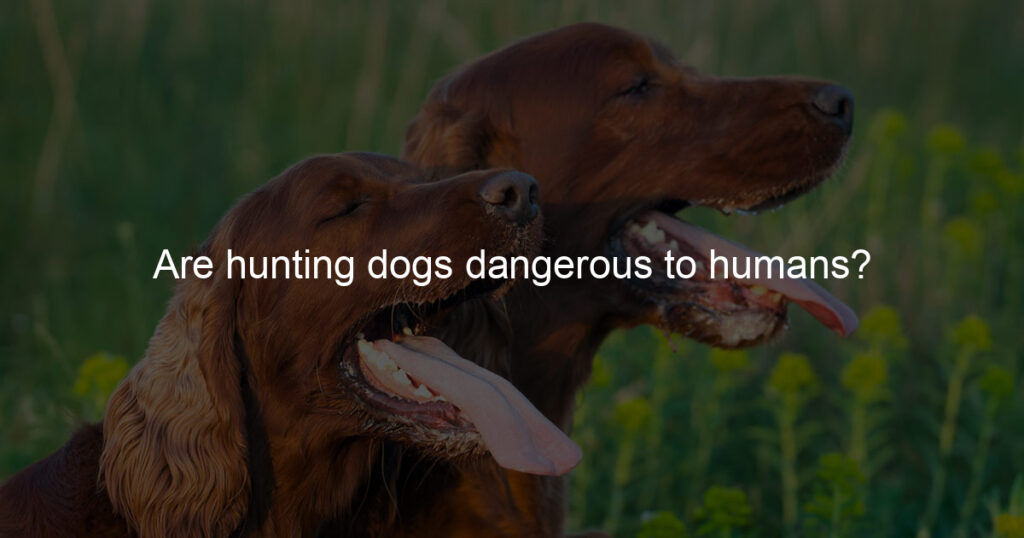If you’re a serious dog-lover, then chances are that the thought of using e-collars on your beloved hunting partner brings up both strong emotions and plenty of questions. From figuring out what types of settings to use to interpret their reactions, it can be tricky to understand why someone would even consider using one in the first place.
Moreover, some people may not understand how or when these devices should be used during training and beyond. In this blog post, we’ll break down the purpose and limits of e-collars for hunting dogs – helping you make an informed decision about whether they are right for your pup or not!
What was the purpose of an e-collar for a dog?
The e-collar for dogs, also known as a shock collar, has been controversial in recent years; however, it is actually quite useful when used correctly. Its purpose is to provide a safe and effective way to train a dog by providing an instant small surge of electric shock as soon as the dog performs an undesirable behavior.
It can help make associations between certain commands and behaviors, as well as dissuade your pet from engaging in bad habits. As with any form of training, it should always be done in moderation and with supervision.
Additionally, it should never be used for punishment. When used properly, an e-collar is just another tool that can effectively promote good habits in dogs.
What are the collars on hunting dogs?
Hunting dogs have a unique look that easily distinguishes them from other breeds. A characteristic of these canines is the specially designed collars they wear.
Quite often these collars are heavier than those worn by house pets, allowing the dogs to carry their own identification tags and hunting supplies when out in the field. Unlike cats and small animals, it is generally easier for owners to keep track of their hounds when equipped with one of these collars.
The collar also helps protect the dog’s neck during certain hunting activities such as treeing and retrieving birds. Along with being brightly colored for easy visibility, some collars feature built-in GPS tracking which allows owners to locate the pooch remotely if it becomes lost or incapacitated in a hunt.
Even though technology has advanced, hunters still rely on traditional hunting dog wear such as collars to ensure a successful hunt.
How do dog hunting collars work?
Dog hunting collars are an invaluable tool in tracking and recovering lost or injured canine hunters. These collars utilize a combination of advanced technology and features to help protect a treasured hunting partner while they pursue their quarry.
A Global Positioning System (GPS) pinpoints the whereabouts of the dog, while two-way radios allow quick communication between hunter and hound. Collar activity is monitored through activity sensors that alert the hunter when the dog has become still for too long.
Additionally, these technologically advanced collars have specially encoded tags that issue a warning signal when within range of other known hunting dogs; this helps limit on-field accidents and unexpected meetings between determined pursuers.
Owners also enjoy knowing their canine companion’s vital statistics data such as average heart rate, temperature, and oxygen levels in real time. Dog hunting collars provide peace of mind for both fastidious owners and those simply wanting to locate their beloved pet quickly without costly searches.
Why do hunting dogs wear orange collars?
Hunting dogs have a unique and essential role in the activity of hunting. Like all other members of any hunting party, they should be equipped with the proper gear to ensure their safety.
One key piece of gear that is often overlooked is the collar. Hunters use orange collars on their dogs to help them stand out from other hunters and animals in the field so that all parties can easily spot them as part of the hunting party and keep them safe from harm.
Wearing an orange collar can also help differentiate a hunting dog from wildlife and ensure that it is considered a welcome member of the hunt and not mistaken for prey or game.
Why do hunting dog collars have rings?
The key to training any hunting dog is to give them the best chance at success when out on the field. One way expert trainers ensure that their dogs are able to fully focus on the task in front of them is by equipping them with a specialized collar, which utilizes a number of different rings.
These rings serve not only as an attachment point for necessary equipment like leads, tracking devices, and other tools but also enable the dog handler to quickly access the most important materials without wasting time fishing around in pockets or bags.
By using these specialized collars with multiple wear points and accessories available, hunters can help their furry companions better navigate the course and improve their hearing while they’re hard at work.
The Bottom Line
In conclusion, the purpose and limitations of e-collars for hunting dogs are highly debated topics. While some hunters swear by the convenience, safety, and effectiveness of these collars, others still strongly believe in traditional training methods.
Ultimately, it comes down to personal preference when deciding which training method is best for you and your hunting dog. Whatever you choose, make sure that you have done your research and are confident in your decision.
This will help set you both up for success on the hunt. Lastly, be sure that whatever method or tool you decide to use with your dog, treat them with a firm but generous hand, and do not forget to show them, love – because after all, they are part of the family!








